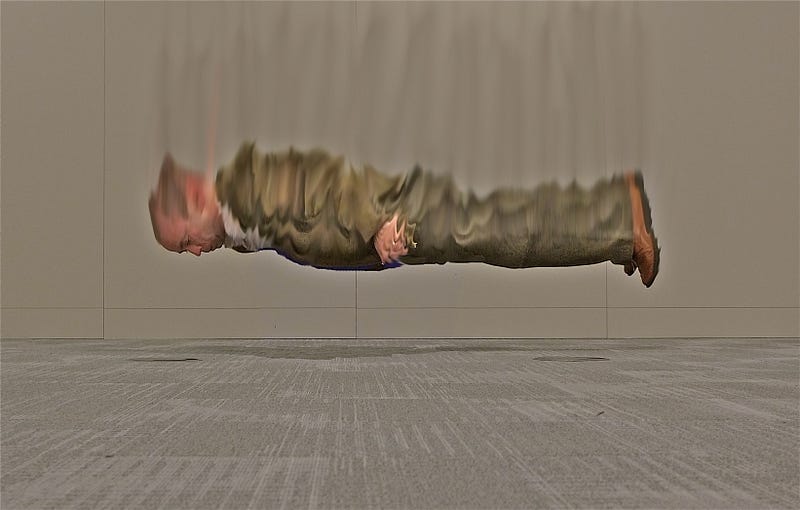The Boring Billion: A Billion-Year Pause in Evolution
Written on
Chapter 1: Introduction to the Boring Billion
Around 1.8 billion years ago, Earth was poised for a significant burst of life. Surprisingly, however, this didn't occur. Welcome to Part 30 of our exploration into Earth's history.

The Standstill of Life
1.8 billion years ago marked a time that should have been thrilling for the evolution of life on our planet. The essential components were all present: oxygenic photosynthesis was established, and the three life domains—bacteria, archaea, and eukaryotes—were in existence. In theory, nothing should have impeded the rapid evolution of complex multicellular organisms. Yet, progress stalled completely.
The term "the Boring Billion" refers to this 1 billion-year span, deemed by some as the most uneventful era in Earth’s timeline. While it's overly simplistic to claim that nothing occurred, the evolutionary advancements during this time were subtle, akin to delicate brushstrokes on an otherwise complete painting, rather than bold new designs.
What caused this stagnation? The answer lies beneath our feet—geological factors.
Section 1.1: The Geological Landscape
For 300 million years, tectonic plates converged, eventually forming the supercontinent Columbia around 1.8 billion years ago. Approximately 1.5 billion years ago, Columbia briefly began to fragment but soon reformed into the supercontinent Rodinia, which remained intact until about 750 million years ago.
The existence of a single massive continent led to one vast ocean, predominantly deep and low in oxygen—conditions not favorable for evolutionary development.
Video: Earth's inner core may have temporarily stopped turning, could reverse - YouTube
This video delves into the geological changes that influenced Earth's biological evolution during this stagnant period.
Section 1.2: The Impact of a Single Landmass
With just one landmass, the opportunities for diverse coastal ecosystems were severely limited. Evolution thrives in dynamic environments, particularly in tidal zones and sunlit coastal waters, which were restricted by this singular coastline. Consequently, these coastal areas were already populated with prokaryotic life, leaving little room for eukaryotes to flourish.
Subsection 1.2.1: Nutritional Constraints
The stagnation of eukaryotes was exacerbated by low atmospheric oxygen levels and a scarcity of essential nutrients. The absence of tectonic activity meant that mountains, which contribute to erosion and nutrient supply, were virtually nonexistent. This lack of nutrients, such as phosphorus and molybdenum, hindered the development of crucial enzymes necessary for eukaryotic life—essentially, they were missing vital building blocks.
Section 1.3: The Role of Climate
Additionally, both Columbia and Rodinia were positioned along the equator, resulting in a relatively uniform climate. Evolution is largely spurred by environmental changes; without such changes, evolutionary processes slow dramatically.
Nevertheless, this era shouldn't be dismissed as a complete void. It was more akin to a patient predator waiting for the opportune moment to strike, a moment that took a billion years to arrive.
Chapter 2: Conclusion and Future Exploration
This article represents Part 30 in a series of 50 installments detailing Earth’s history. Each piece narrates the events of a 100-million-year segment.
Video: Earth's core has stopped spinning and may be changing direction | Oneindia News *Science
This video discusses the implications of Earth's core dynamics on its geological and biological evolution.
For more insights, check out Part 29: NUCLEAR or look forward to Part 31: PROTIST. If you’re interested in exploring all articles, please follow my work.